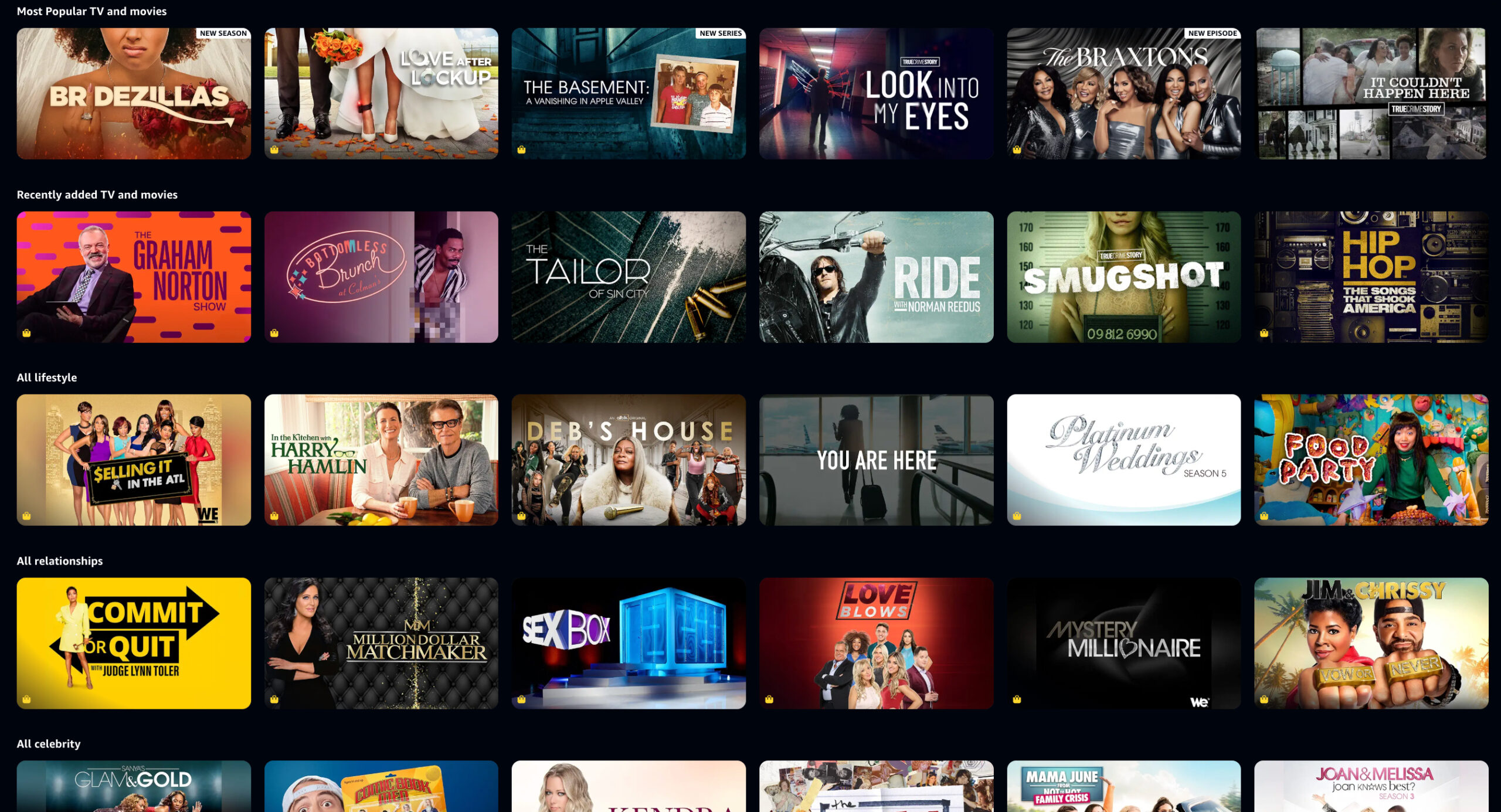Jill Abramson Seeks to Create Subscription Site for Long Form Journalism
Lorem ipsum dolor sit amet, consectetur adipiscing elit. Ut elit tellus, luctus nec ullamcorper mattis, pulvinar dapibus leo.
Despite her rather ignominious departure as executive editor of The New York Times earlier this year, Jill Abramson is rolling the dice on a new journalistic venture.The unnamed startup is in the very early stages of development, but Abramson and co-founder Steven Brill have said in multiple interviews that they’re betting on something potentially valuable: subscription long-form journalism. If their plan comes to fruition, subscribers will receive one long-form article a month.These articles would be larger than a typical journalistic piece, yet shorter than a novel. The benchmark, and probable inspiration, is Brill’s February 2013 long-form article on the American health care system that clocked in at a whopping 26,000 words.While the article filled almost the entire Time magazine edition for that month, it ended up being the most popular issue in over two years for the magazine. It sold “more than double the typical number of copies,” and “broke online records, selling 16 times more than an average week for digital single copy sales and digital subscriptions,” as reported by The New York Times last March.Despite this, aspersions have been cast toward Abramson and Brill over the simplistic nature of offering just one article a month, no matter how topically significant it is. Much of the negative attention centers around their announced plan to pay journalists $100,000 in advance for their work, and then share a percentage of the subscription revenue if it exceeds the price of creation.As Abramson has stated she foresees a continued precipitous drop in newspaper ad revenue, this idea may just be her way of investigating new subscription models for the industry at large.No plans on pricing have been announced, which is rather critical to establishing the viability of this idea, especially with such expensive editorial costs. If you remember, Rupert Murdoch’s subscription app The Daily had to close because it’s editorial costs far outweighed the revenues generated from the low-priced app.It’s unclear how Abramson and Brill can make this work if they’re targeting B2C audiences. However, as more and more news organizations farm out their investigative and foreign coverage, Abramson and Brill might be able to make this work by charging B2B rates to news outlets to run the monthly articles. In addition, a nonprofit model, like Pro Publica, could help the venture offset editorial costs through grants and funding.
- Filed in Industry Announcements, News




